Captivating Audiences with Visual Content: Design Principles for Unforgettable Branding

Visual content marketing has taken the digital world by storm, revolutionizing the way brands communicate and engage with their audiences. Visuals have unparalleled power to captivate, inspire, and leave a lasting impression on viewers. In fact, studies have shown that people remember 80% of what they see and do, compared to just 20% of what they read.
Visual content makes information more digestible, engaging, and memorable. Whether it’s an eye-catching infographic or a stunning video, visuals can convey complex ideas simply and effectively. They can evoke emotions, tell stories, and create connections with viewers.
Some iconic examples of successful visual campaigns include Nike’s “Just Do It” slogan paired with images of athletes pushing boundaries, and Coca-Cola’s red-and-white branding that instantly evokes feelings of joy and celebration.
In this article, we will explore the design principles that can help you create visually stunning brand designs that leave a lasting impression on your audience and set you apart from the competition. From identity design to color psychology, typography to storytelling imagery, we will delve into each aspect of visual content marketing strategy to help you maximize its impact on your brand.
The Role of Identity Design in Brand Memorability
One of the key foundations of creating a strong brand image is identity design. Your brand’s identity is the visual representation of who you are as a company – it encompasses everything from your logo and color palette to your fonts and overall aesthetic.
Consistency is key when it comes to identity design. Every touchpoint where your brand interacts with consumers should reflect the same visual elements and evoke the same emotions. This helps build recognition and trust among your target audience.
Take Apple for example. Their iconic bitten apple logo has become synonymous with simplicity, elegance, and innovation. This logo is consistently used across all their products, advertisements, and marketing materials, creating a cohesive visual identity that consumers instantly recognize.
When developing your own brand’s identity design, it’s important to consider the values and personality you want to convey. Are you aiming for a sleek and modern look, or a more playful and vibrant vibe? Every color, font, and visual element should reflect your brand’s unique persona and resonate with your target audience.
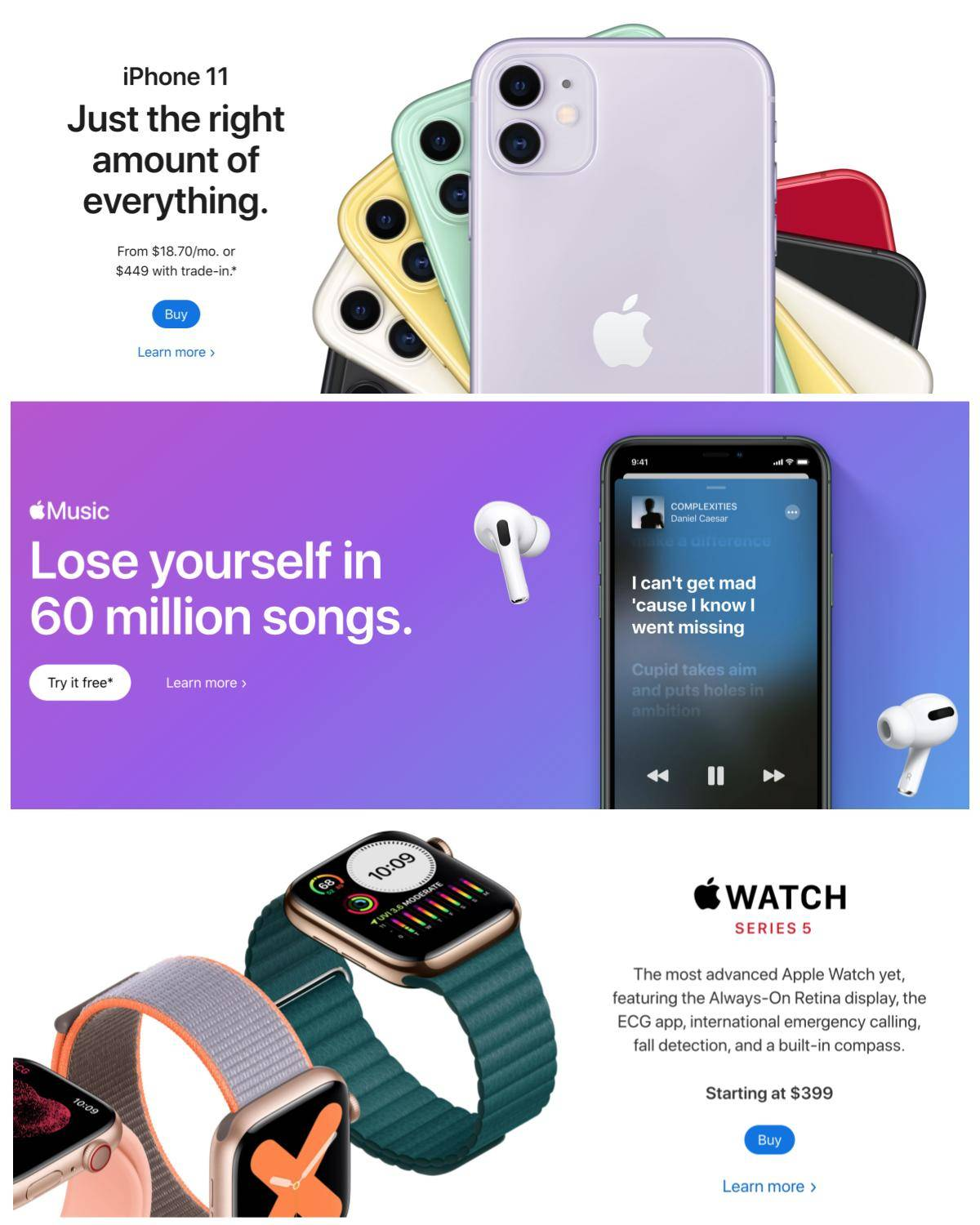
Understanding Color Psychology for Effective Branding
When it comes to visual content marketing, colors play a vital role in creating a memorable brand image. Colors have the power to evoke emotions, influence perceptions, and even shape purchasing decisions. By understanding color psychology, marketers can strategically use colors to convey their brand personality and message.
Different colors have different psychological associations. For example, blue is often associated with trust and reliability, which is why many banks and financial institutions use it in their branding. On the other hand, red evokes excitement and passion, making it a popular choice for brands in the food and beverage industry.
To effectively utilize color psychology in branding, it’s important to choose colors that align with your brand’s personality and message. Consider the values and emotions you want your brand to evoke in your target audience. Are you aiming for a sense of calm and tranquility? Opt for cool shades such as blues and greens. Want to spark energy and enthusiasm? Consider using warm tones like reds and oranges.
By incorporating color psychology into your visual content marketing strategy, you can create a strong visual identity that resonates with your audience on a subconscious level.
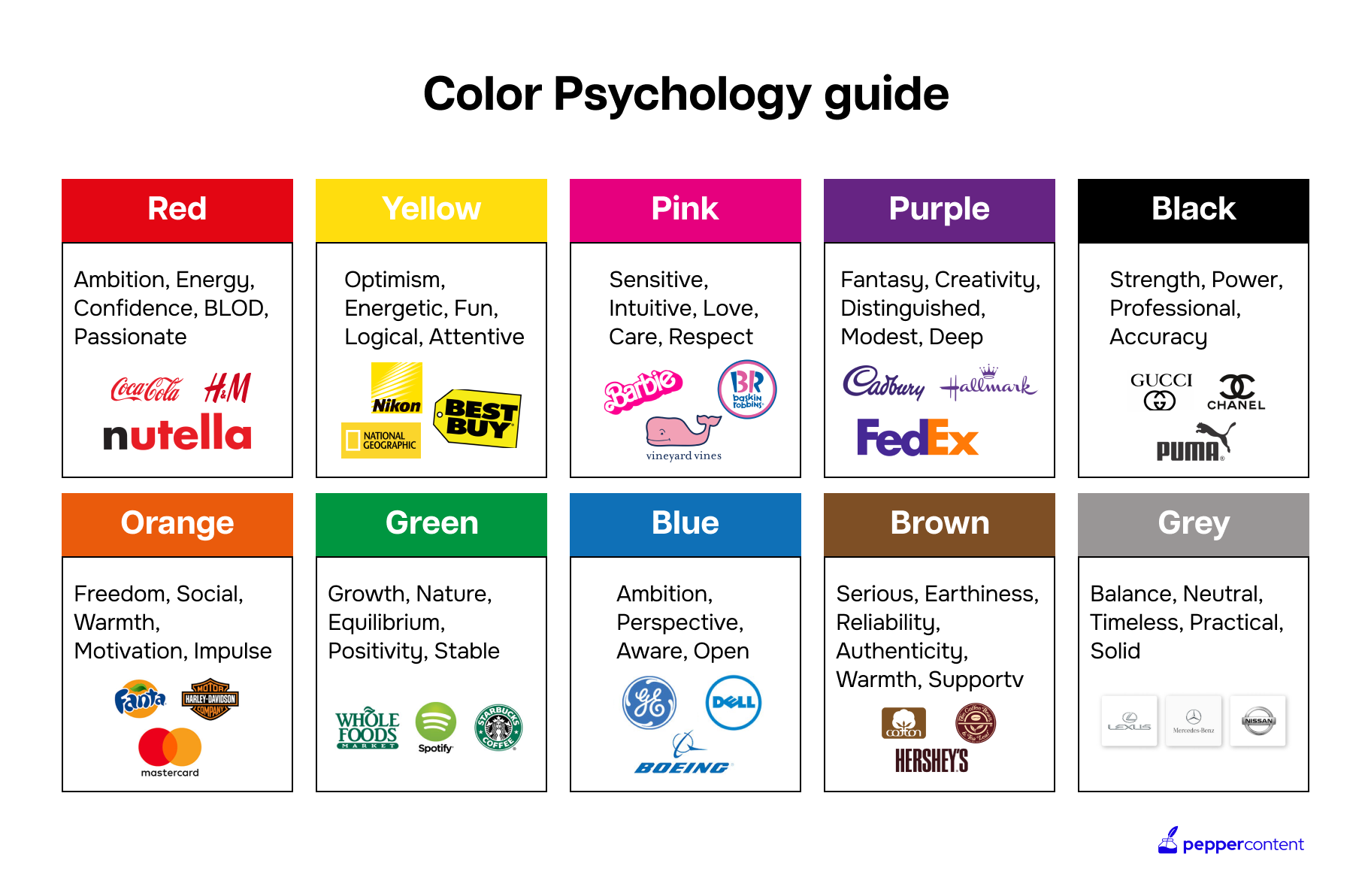
Typography as a Visual Element for Brand Recognition
While visuals are crucial in capturing attention, typography plays an equally important role in brand recognition. The right choice of fonts can convey your brand’s tone, values, and personality.
When selecting fonts for your branding, it’s essential to consider how they align with your brand’s voice. Are you aiming for a modern and sleek image? Clean and minimalist sans-serif fonts like Helvetica or Gotham might be a good fit. If your brand has a more playful and whimsical personality, you could opt for handwritten or script fonts.
Consistency is key when it comes to typography. Using the same set of fonts across all brand materials creates coherence and strengthens brand recognition. It also helps to establish a visual identity that is instantly recognizable to your audience.
Airbnb is an example of a brand that understands the importance of typography in branding. The company has launched its own custom-designed typeface called “Cereal,” which reflects its inclusive and modern image. The unique typography adds a touch of sophistication to their branding and sets them apart from their competitors.
By carefully selecting and consistently using typography that aligns with your brand’s values, you can enhance brand recognition and create a cohesive visual identity.
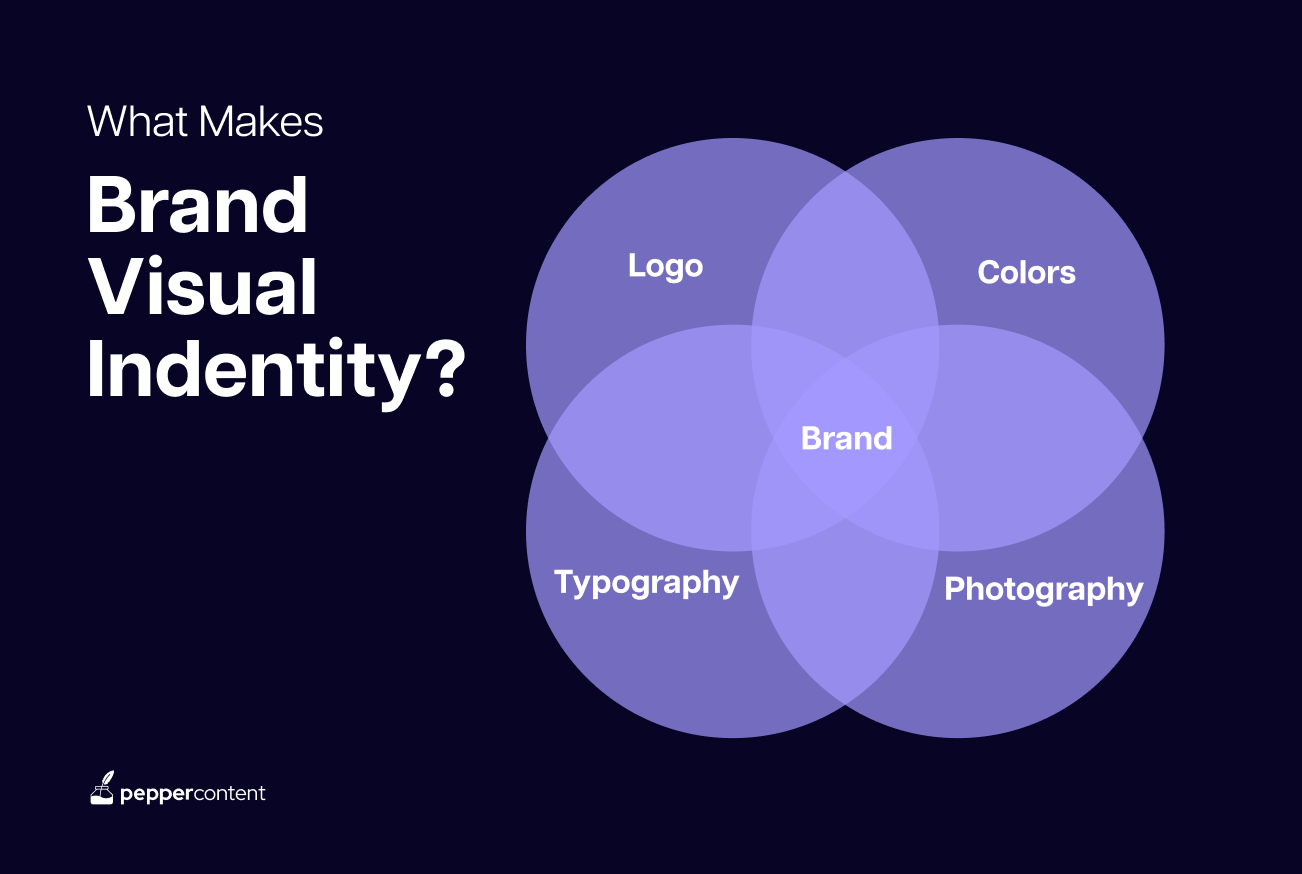
Crafting Compelling Imagery for Powerful Storytelling
Images have a unique power to evoke emotions and transport viewers to different worlds. They engage our senses and help us connect with the message being conveyed. Whether it’s a striking photograph, an artistic illustration, or a well-designed graphic, powerful imagery can leave a lasting impression on your audience.
To leverage the power of visuals for storytelling, it’s crucial to align your imagery with your brand’s narrative. Think about the key elements of your brand story and how you can bring them to life through visuals. Incorporate these storytelling elements into your visual content marketing strategy to create a cohesive and compelling narrative that resonates with your audience.
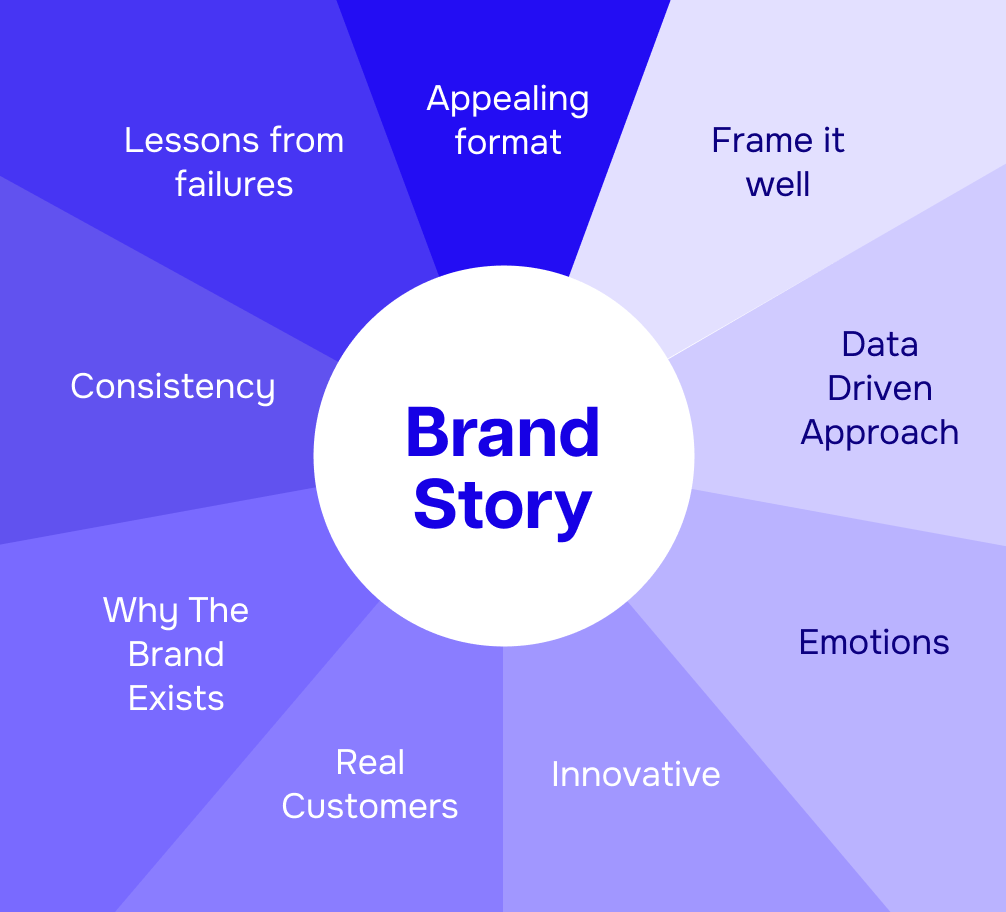
A great example of this is National Geographic, renowned for its captivating photographs that transport viewers to different parts of the world. Their imagery not only showcases the beauty and diversity of our planet but also tells stories that inspire curiosity and a sense of wonder. By using visually stunning images, National Geographic effectively engages its audience and reinforces its brand as an authority in exploration and discovery.
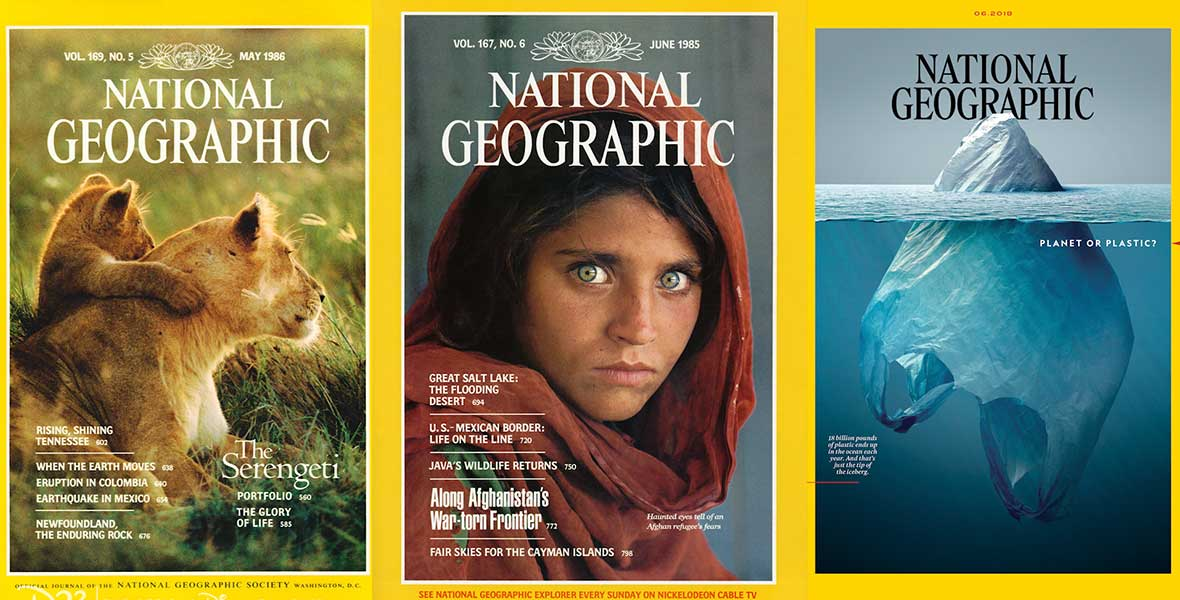
Utilizing Infographics for Simplifying Complex Information
Infographics are visually appealing representations of information that combine text, graphics, and illustrations in a concise and easy-to-understand manner. By breaking down complex information into digestible chunks, infographics enhance understanding and engagement among audiences.
When utilizing infographics in your branded visual content marketing strategy, it’s essential to consider the design principles that make them effective. Use a visually pleasing color palette that complements your brand’s identity and helps convey the desired message. Incorporate icons, illustrations, and charts to enhance visual appeal and aid in information retention.
A great example of the power of infographics is The New York Times’ infographic on COVID-19 statistics. By simplifying complex data into easily understandable visuals, they provided their audience with a clear and concise overview of the pandemic’s impact. This not only helped in spreading awareness but also made it easier for a wider audience to comprehend the severity of the situation.

Dynamic Videos as a Medium for Brand Communication
Videos provide a unique opportunity to convey messages creatively and emotionally. Through visuals, sound, and storytelling, brands can evoke strong emotions and leave a lasting impression.
Social media platforms have become the perfect stage for brands to leverage the power of videos. With platforms like Instagram Stories, TikTok, and YouTube, brands can reach millions of users with captivating video content. Incorporating videos into social media campaigns allows brands to connect with their target audience in an authentic and relatable way. Whether it’s showcasing product features or telling compelling stories, dynamic videos enable brands to stand out from the crowd and make a lasting impact.
In the realm of content marketing, visuals have become a powerful tool for captivating audiences and leaving a lasting impression. By incorporating design principles into their branding strategies, marketers can create visually stunning content that sets their brands apart from the competition.
From the role of identity design in brand memorability to understanding color psychology and typography as visual elements, every aspect of visual content plays a crucial role in engaging and connecting with audiences. Crafting compelling imagery and utilizing infographics further, enhance storytelling capabilities and simplify complex information for greater comprehension. Dynamic videos offer an opportunity for brands to communicate creatively and engage audiences on an emotional level.
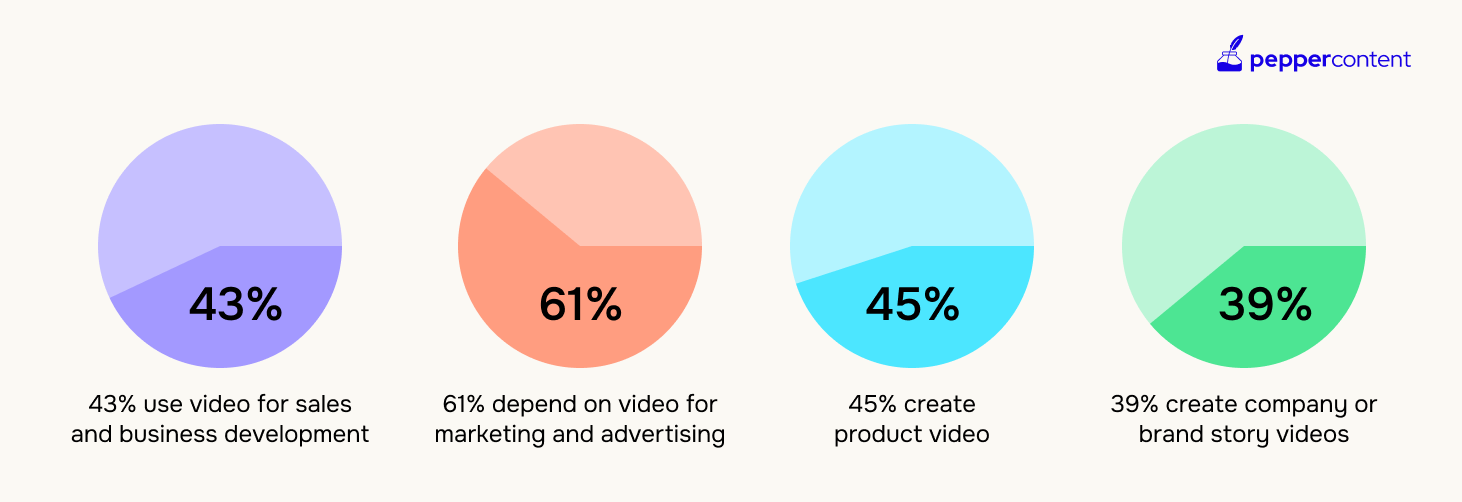
In conclusion, by implementing effective design principles, brands can create unforgettable visuals that capture attention, convey messages effectively, and ultimately shape the perception of their brand in the minds of their audience. Branded visual content marketing has transformed the way brands connect with consumers – it’s time to seize the opportunity and make a lasting impression.
Is your content strategy missing in action? Craft your content strategy based on data derived from top-notch tools and AI algorithms. Tap into the latest trends and ideas. Get topic suggestions and traffic predictions based on your keyword, leveraging competitor data and AI. Try Pepper Content Marketing Platform now!
Latest Blogs
Learn how to rank on AI search engines like ChatGPT, Perplexity, and Gemini by optimizing your content for authority, structure, and relevance. Stay ahead in AI-driven search with this strategic guide.
Explore the best healthcare SEO services for your medical practice. Improve online visibility and effectively reach more patients in need of your services.
Discover top social media agencies specializing in banking solutions, enhancing financial services and driving engagement.
Get your hands on the latest news!
Similar Posts

Content Strategy
5 mins read
Choosing The Best Healthcare Marketing Agency For Effective Content Solutions
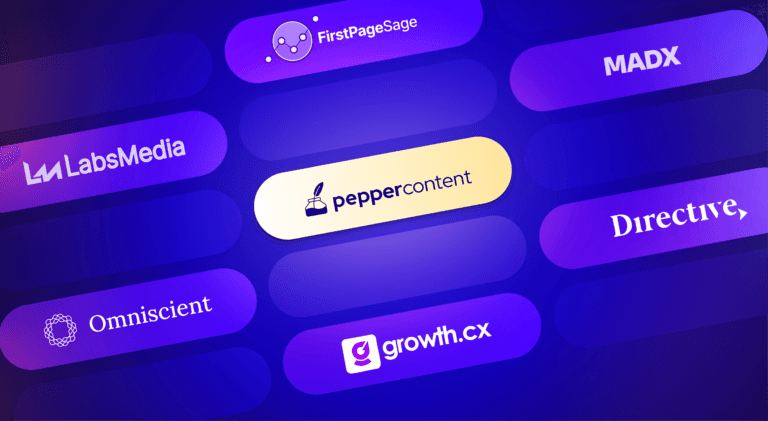
Content Marketing
4 mins read
Top 10 Agencies B2B SaaS Content Marketing for B2B Success

B2C Marketing
5 mins read